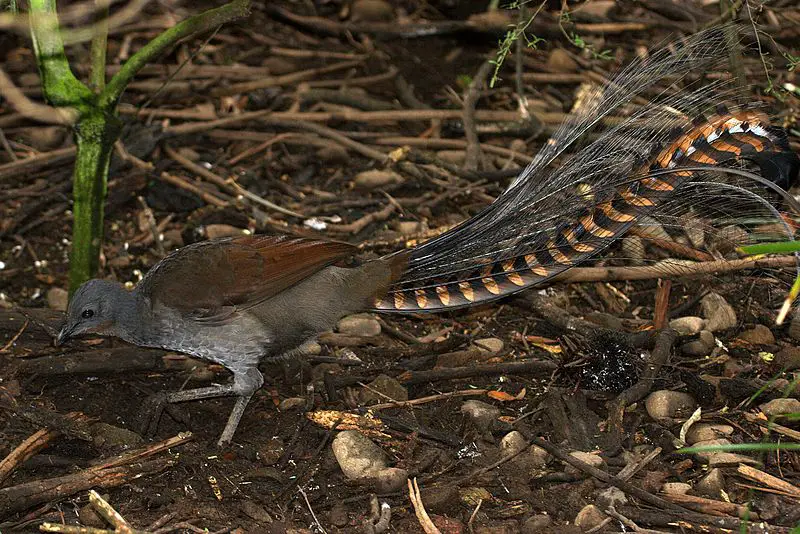Ursine and pinniped are very closely related. The skull of a bear and a seal are nearly identical, it’s said that black bears and harbor seals are more closely related.
Some sources suggest they are cousins. From what I can find on the internet, Dawn bears first appeared 20+million years ago, regarded as the first true bear. I don’t have an accurate source to determine the first pinniped and by default the first eared seal and true seal.
On my tours, when I am showing people harbor and gray seals, I usually end my talks by talking about the close relationship they have and guests are certainly surprised to learn that.
Current consensus is that Musteloids (
Weasels, Badgers, Otters, Red pandas, Raccoons & Skunks) are the sister group to pinnipeds, though bears are the next most closely related after them. The time difference between any modern bear and any modern seal is always going to be the same, being the same common ancestor (
same between any two modern groups), though the number of mutations might be a little different.
Ballusia elmensis (
previously Ursavus elmensis, about the size of a Lynx) is "the oldest undisputed Silesian bear" at 16-14.5 Ma, though there's teeth and a partial maxilla referred as a subspecies from Mongolia, estimated at 20-16.7 Ma (
MN3), that got referred to the new species
B. zhegalloi with a tooth from Siberia. There's species of
Ursavus from North America that might be older too.
Quote, referencing Stehlin 1907:
https://www.researchgate.net/profil...uthern-Poland-and-the-neigh-Bouring-areas.pdf
I think more material would change scientific opinion a fair bit for a lot of older Arctoidea, as it did for
Kolponomos, going from bear associated to seal associated with more of the skull.
In terms of current earliest pinniped fossils:
- Potamotherium & Puijila are early branches of the Pinniped line and are quite otter-like, though the earliest current fossil looks to be Enaliarctos tedfordi from the Late Oligocene of Oregon (Late Rupelian to Early Chattian, 30.6-27.4 Ma, Yaquita formation)
- The earliest eared seals seem to be Eotaria crypta & E. citrica from the Early-Middle Miocene of California (Late Burdigalian to Early Langhian, "Topanga" formation)
- The earliest Walrus seems to be Proneotherium from the Early-Middle Miocene of Oregon [Astoria formation]
- The earliest of the earless seals and Monachinae (Monk & Southern Seals) seems to be Noriphoca from the Late Oligocene to Early Miocene of Italy (possibly earlier than Aquitanian, probably from the Bolognano formation)
- The earliest of the Northern seals seems to be Leptophoca amphiatlantica from the Early to Late Miocene of Maryland (Lowermost Aquitanian to Middle Tortonian, Calvert & St. Marys formations) and from the Early to Middle Miocene of the Netherlands (16.4-15.8 Ma, Breda formation)
Main resource:
https://www.researchgate.net/profil...r-phylogeny-and-fossil-record-integration.pdf

